Social media has become somewhat of a necessary evil. It was revolutionary — allowing for human connection to transcend geography instantly for the first time in human history. Anyone could speak to anyone, anywhere, anytime. At first, it seemed like it would eradicate the loneliness, distance, and alienation that plagued the world. Through chatrooms, news feeds, and photo albums social media would herald a new age of tolerance, cooperation, and connectedness.
Well, that’s not entirely been the case.
Reams of books, films, documentaries, psychological studies, and activists have exposed the darker sides of social media for human brains and societies. Online discussions tend to polarize people further rather than bring them together. The ability to hide behind a screen puts further distance between people. Social media’s addictive, gamified nature gives people the illusion of connection but actually makes them lonelier than ever.
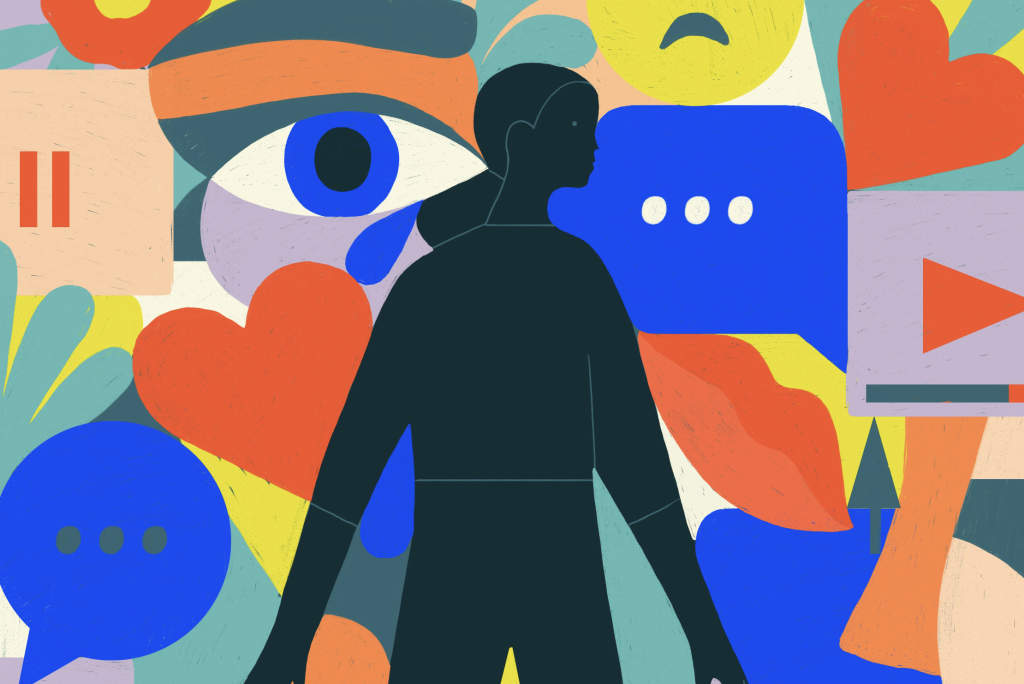
Is the problem the tool or the people using it? Either one is overly simplistic. The people who make the tool design it to elicit certain reactions and engagement from users who respond, mostly, in kind with this. The people building the tool are not just writing code, they are engineering human interactions and communities. However, social media came like an explosion — nowhere to everywhere in the blink of time.
No one, least of all the creators of the first social media platforms, could have realised how they would come to shape society. Unfortunately, it means that many of the problems social media has are deeply baked into its structure.
Social Media's Problems
Centralisation
Most social media companies today are run by tech giants. Several lawsuits, investigations, and scandals have shown that trusting small, powerful groups with the responsibility of social media doesn’t work.
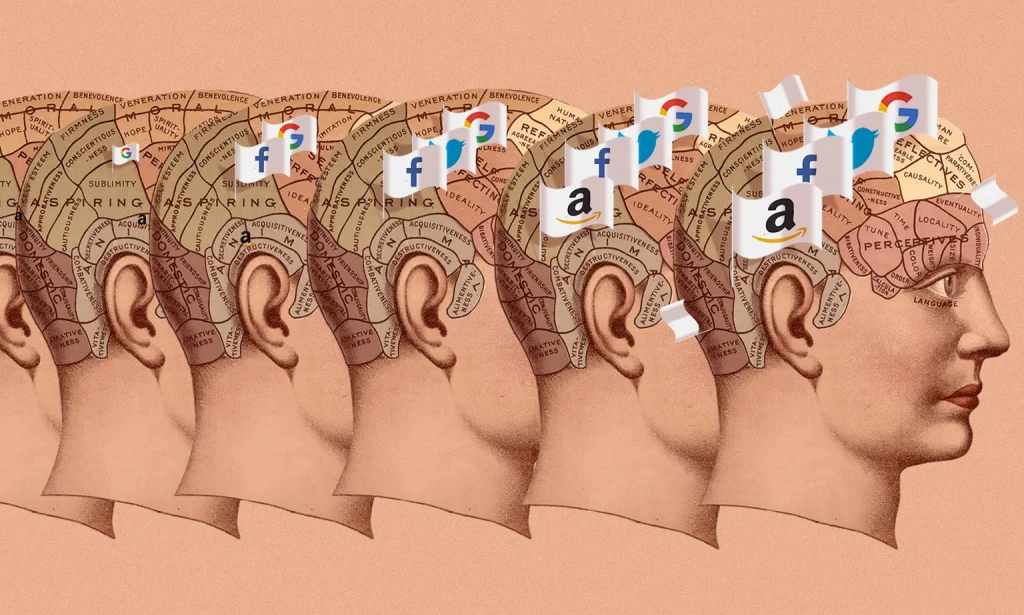
They have complete control over the user’s experience, and how their data is collected and handled. This power is something that has come to be misused to maximise profit, market share, and ad revenue.
This centralisation also means that the social media experience is default, with the users having little say in the design and mechanics of the platform they use. The code is not open source and there’s little room for customisation.
Data Privacy
Centralisation also means a small group of people are in charge of engineering many of the world’s social interactions and of protecting their data. This means that there is one point at which the data is stored, leaving it vulnerable to hacking, misuse, and leaks.
This structural problem is what led to some of the biggest blotches in social media’s reputation. It’s one of the major reasons that people refuse to use their social media accounts, or use them begrudgingly, resigned to the fact that their data will probably be used in ways they don’t know and wouldn’t approve of.
Advertising
Advertising is a structural feature of social media (today, at least) that compromises the user’s experience and agency. Unwanted ads and feeds filled with consumer-oriented rather than experience-oriented content are also part of the anti-social media sentiment in culture.
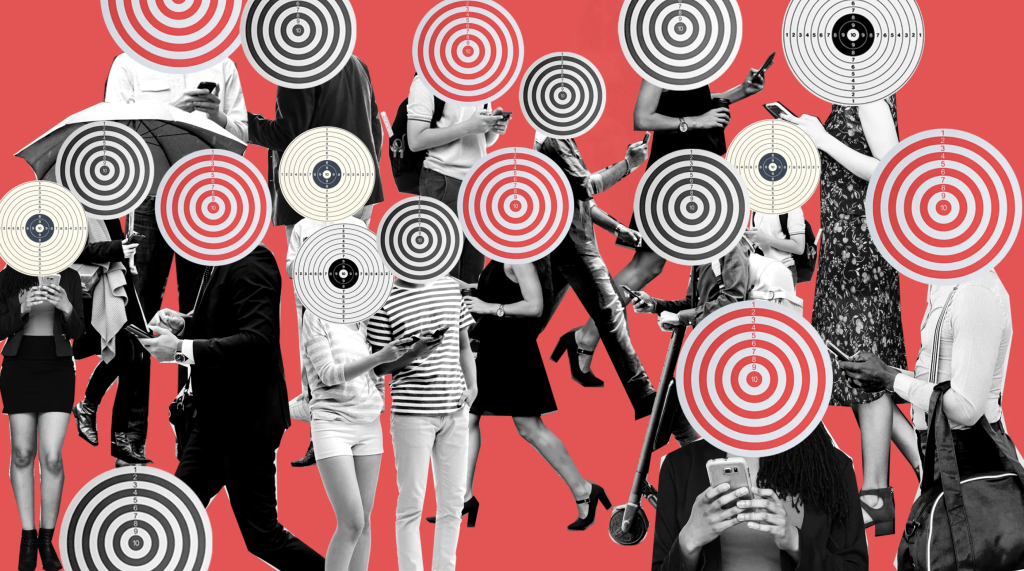
Platforms like BeReal etc. have already identified this problem and are positioning themselves as the solution. The entire selling point for the platform is that there will be nothing on your feed except your friends and their pictures. No glossy sponsored content or the pressure to match up to it, no bots, and no ads. Platforms like these which are marketed to younger generations are increasingly switching to the more transparent crowdfunding model for funding.
Addictive Engineering
Social media platforms, as previously mentioned, are funded through advertising. This means, to continue functioning, they must prioritise advertisers and ads over user experience and user-created content. One of the most prominent criticisms of prominent social media platforms is that they are engineered to be addictive — to promote spending more time on the platform rather than genuine connection.
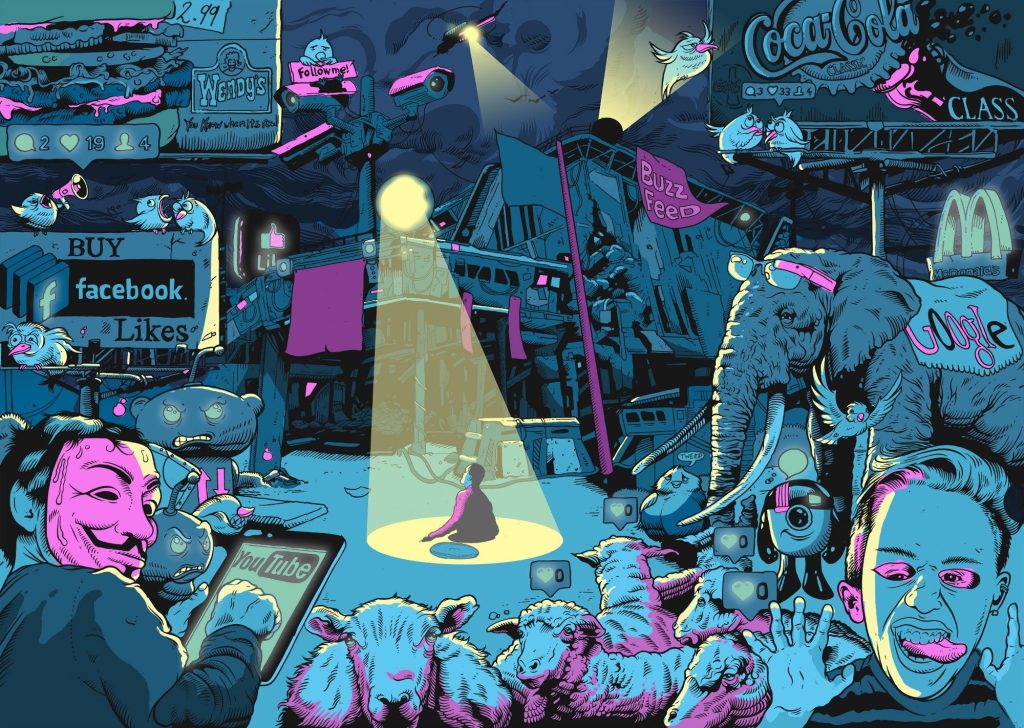
Now, this could be said of most platforms, however, it is the fact that social media currently depends on this addictive nature to function that is the problem. The platforms are not optimised to the user or community and their wants or needs, but to the true stakeholders — the advertisers.
The Web3.0 Solution
Web 3.0 technologies like blockchain and independent servers mean that the very structure that creates the problems that plague social media — centralisation — is being transformed.
Blockchain-based platforms mean that data is stored and transferred over a peer-to-peer network and there is no central node through which everything must pass. Data is therefore almost immune to hacking and bad actors because no legible information is stored on one node.
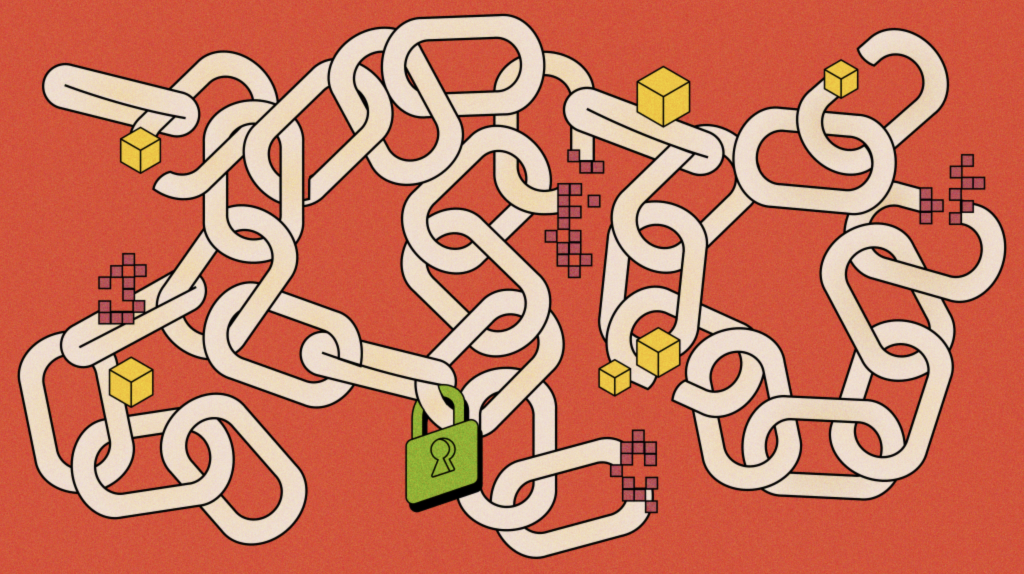
This lack of centralisation also means that decisions of design, function, etc. are made with the input of the community of users, rather than from top down. This means that the platform is structured in order to cater best to the user’s needs rather than to an authority or external stakeholder. The revolutionary thing about Web3.0 is that it puts its money where its mouth is — even the funding for most Web3.0 platforms comes from crowdsourcing rather than ad revenue.
Finally, since designers for new social media platforms know the power their service could one day hold, they can design it with the pressures and problems of this fact in mind.
The philosophy behind Web 3.0 is simple — decentralisation, user agency, and community. These were once the values that social media promised.
Now, with the rapid adoption of technologies like blockchain into consumer products, they could finally become reality.

